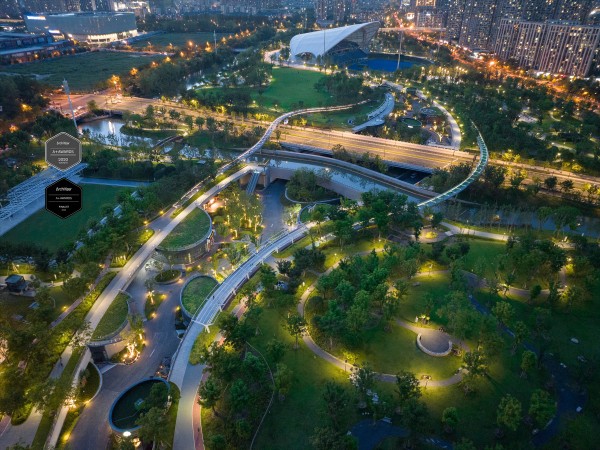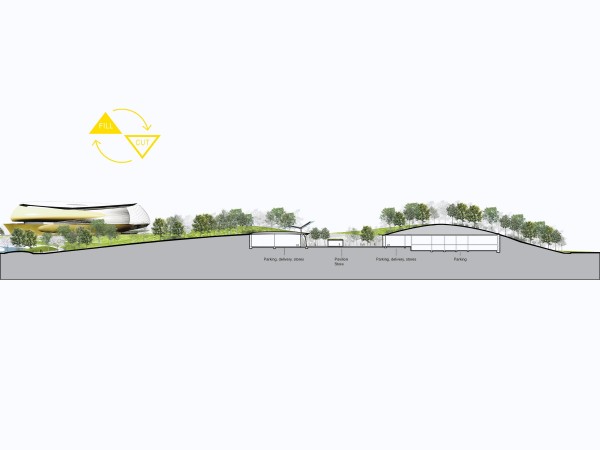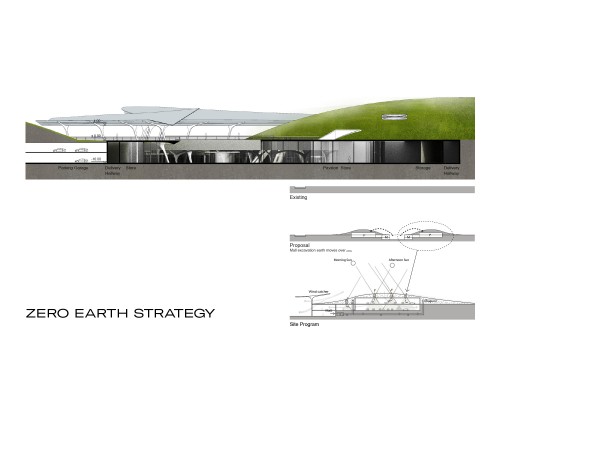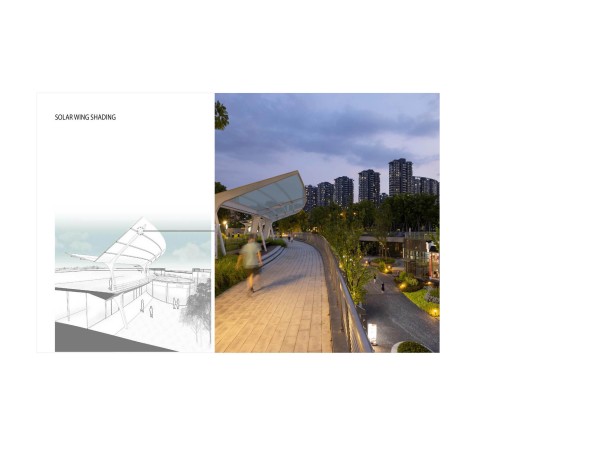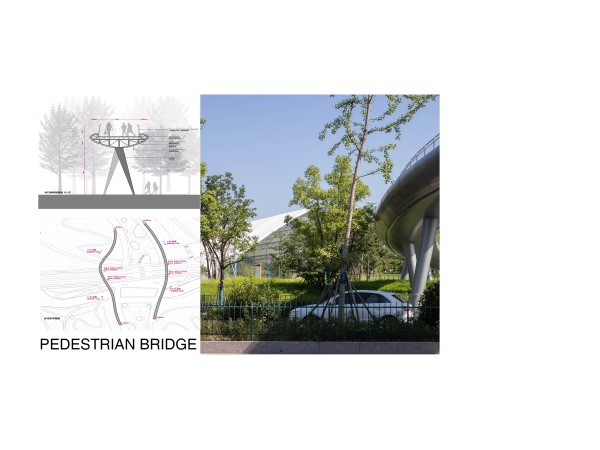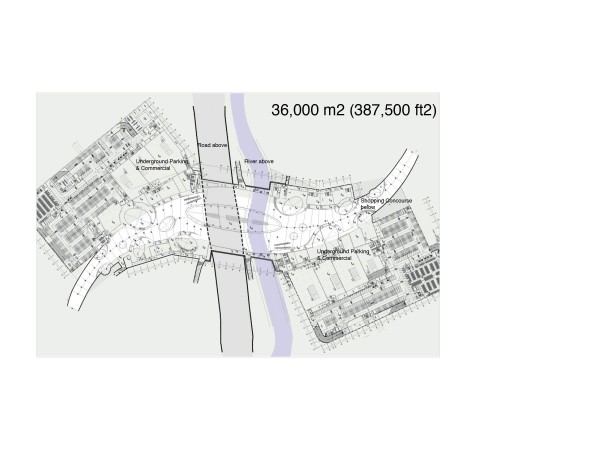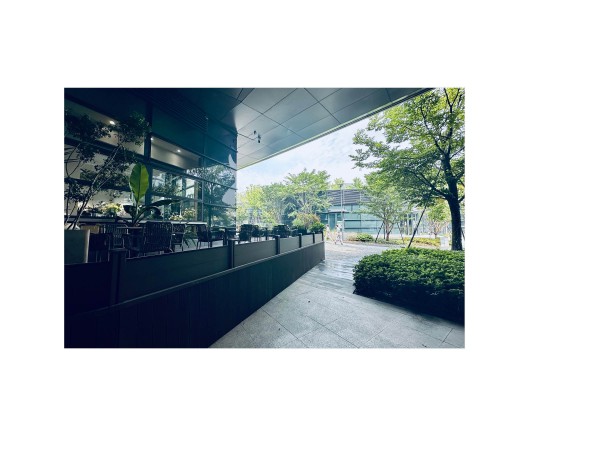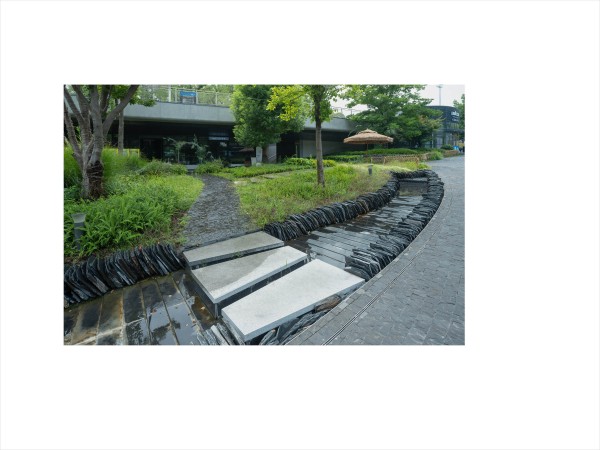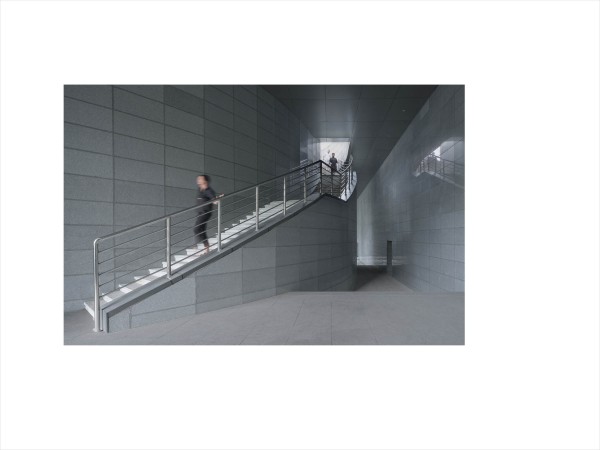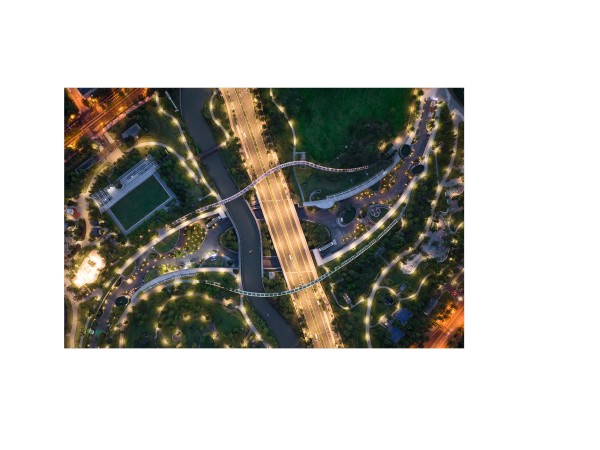Scroll all the way below the credits to view a selection of publications on this work!
CHALLENGE
Create a connector for the two halves of Gongshu Park the home of the Asian Games 2023. An 800 m long shopping ‘Valley Village’ concept was developed to act as a connector of the 2 halves of Gongshu park, creating a social artery. The masterplan sites a Field Hockey Stadium and the Hybrid Stadium & Concert Hall at either end of the mile-long site. The park is bisected by a road and river and, and the Valley Village mall dips under as a recessed green valley with circular glass shopping pavilions. Two parking garages flank the shopping area and connect underground to provide delivery access. Lastly it had to set the course for sustainable, ecologically conscious development in Hangzhou, one of China’s densest and fastest-growing cities.
INNOVATION
The rethinking of an underground mall into a sustainable “valley with green pavilions” as a shopping artery was one of the winning arguments for the client. The pedestrian valley passes under the road and river [now an aqueduct and viaduct] and connects the 2 stadiums on opposite ends of the park. Named the Valley Village Mall, this pedestrian spine is lined with shops, restaurants, cafes, and two underground parking garages. New escalators and pedestrian bridges create short cuts in and out of the valley into the city. Beneath the landscape, an interconnected network arraying 68,000 m2 of parking spaces and passageways connect all the buildings and stadiums. The underground network offers efficient back-of-house services, deliveries, and access to all areas of the park without disrupting the natural landscape above. It also hosts a cinema, creating another leisure destination in the city.
“Originally, the mall was supposed to be entirely underground,” says Winka Dubbeldam. “Instead, we made it into a green shopping valley with glass pavilions with green roofs, creating an open-air social core that feels connected to surrounding landscapes and city. We were challenged by the fact that only 15% of the project could be visible above ground, as 85% had to be park.”
IMPACT
The Valley gets its energy from two long solar powered shading wings that also bring fresh air and shading into the lower green valley. Solar lighting provides warm constant light and safety to the shopping area. Green roofs further enhance the sustainable aspects by insulation the shops from heat and cold. We implemented a Zero-Earth Landscape Strategy: digging out the wetlands and the Valley Village to connect the 2 halves of the park, made it possible to shape the previously flat site into a landscape of rolling hills that rise more than 20 meters above grade without bringing in additional soil, adhering to a ‘zero-earth’ strategy to minimize the environmental impact of soil removal. Several of the new hills function as nature reserves, promoting biodiversity and ecological conservation.
